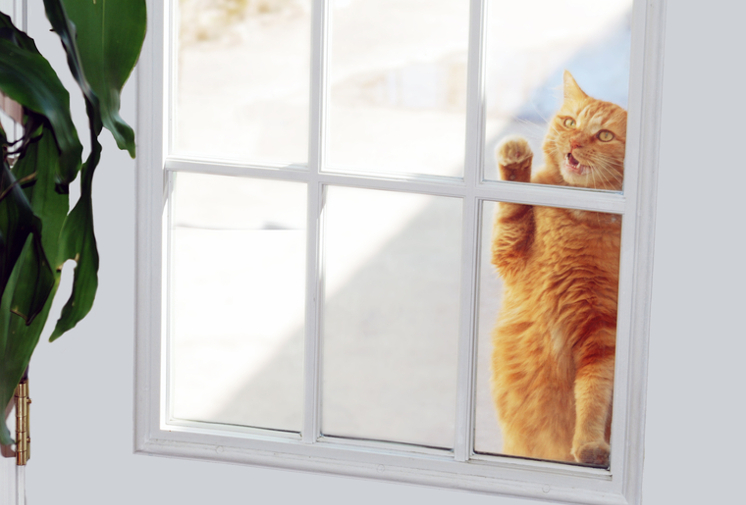I met my cat Dachi five summers ago, when he was a six months old stray cat residing in an abandoned lot, most of which was engulfed with overgrown foliage. One brisk night, I was leaving my friend’s house when I saw Dachi on the sidewalk outside; He was limping. His paw was bleeding and had a bite mark that had punctured the skin.
Dachi had great luck surviving unharmed as long as he did before his first injury with dangers like other animals and fast moving cars all around him. I knew that whatever it was that prolonged Dachi’s chances of survival were not going to help him now that his paw was injured! So I decided to step in and help.
Taking Your Stray Cat To The Vet
I took Dachi to the vet and they decided to not only fix his leg, but also neuter him and administer shots. They gave him a rabies shot after verifying his wound to be a bite mark. Rabies is fatal and takes 4-5 days to show any symptoms. It takes only 10 days for the virus to shed. It is important to get this booster if you suspect your new pet has any bites or deep scratch marks from an infected animal.
They also tested and administered the Feline Leukemia (FelV) vaccine. It is suggested to get your cat vaccinated for FeLV if he/she was originally found outdoors. They gave him feline distemper (a viral infection), feline herpes type one (most common cause of upper respiratory infections) and feline calici (a respiratory virus) vaccinations. Finally they administered an oral medication that killed off all of the live fleas and sent us home with a topical flea and tick preventative to put on him once we saw no more live ticks
Introducing Your Stray Cat With Positive Cat Vibes
Once we got Dachi home, socializing him to my roommate’s three cats would present itself to be no easy affair. I gave Dachi “cool-off” time in the sanctity of my room until he healed. I’m sure the cats would still be making fun of him if they saw that cone around his neck! I also wedged a towel under the door to save any premature introductions.
Cat’s associate food with positive emotions and in turn the idea is that they will associate each others scent in a positive light. So a few days before he was fully healed, I started feeding all of the cat’s wet food on either side of my bedroom door. I started off slow. In the morning the bowls were placed about 1-foot from the crack of the door. Then 5-inches from the crack. During final feeding, the bowls were placed flush with the door.
The next morning, I pulled a switcheroo and put the three cats in my room while Dachi roamed the rest of the house. I did this again at night, giving them all a chance to associate the new scents, and for Dachi, his new home. The next day I wedged the door open and allowed the cats to interact. I was close by with a toy, which is important to have around. It helps with appropriate distraction and positive affirmation.
Remember: Every Cat Is Different
Be sure to do any of these steps as you see fit. Completing the proceeding steps allowed us to accomplish a successful integration by not causing too much sensory overload at one time. You want everything to end on a positive note so if at any point the cats start to express negative behavior, such as a wide eyed glare or hissing, feel free to separate them for a bit until they have calmed.
This transitioning process may not be so cut and dry for you, as every creature involved has their own unique personality traits. Please note that taking a stray cat in was one of the best thing that has ever happened to me. I hope that you and your new best friend start a life together in peace and harmony. Just remember take it slow, practice some patience, and your ride should be a smooth one.






